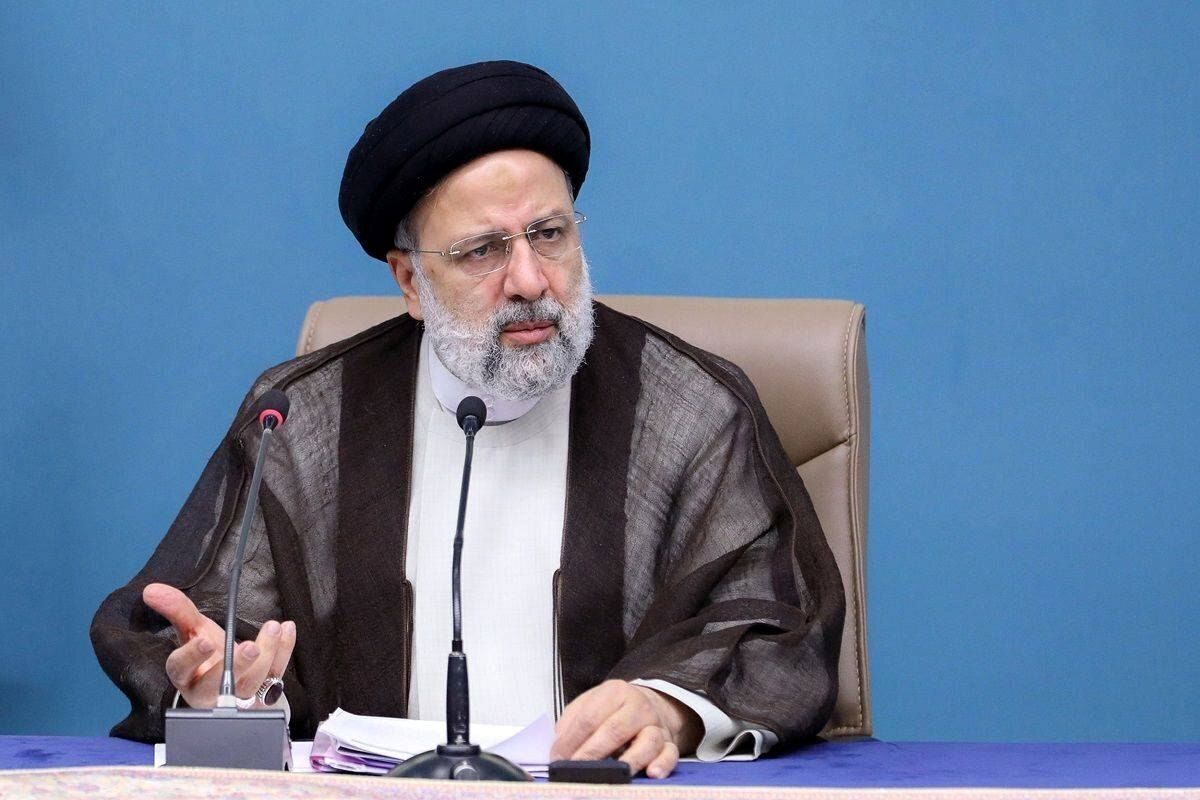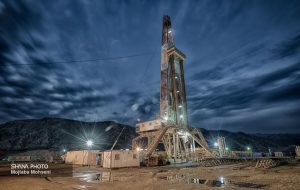
11 billion dollar project with an empty account; Dangerous game of banks in Azadegan oil field
The last condition of Mohsen Paknejad for the implementation of the Azadegan oil field contract is to deposit 800 million dollars to the account of Dasht Azadegan Arvand Company. A condition that banks have been unable to fulfill until today.

Refining and Distribution CEO: Technological opportunities in the refining industry are vast; the move towards data-driven management is gaining momentum
The CEO of the National Iranian Petroleum Products Refining and Distribution Company, emphasizing the move towards data-driven management and smart fuel chain, said: "The opportunity for technological and data-driven work in the refining and distribution industry is very broad. What is important in this path is the right direction, prioritizing issues, and defining effective cooperation models."
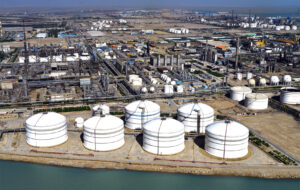
Getting to know Iran’s petrochemical holdings; this part of the Persian Gulf
Persian Gulf Petrochemical Industries Holding, as the second largest petrochemical holding in the Middle East and the largest player in this industry in Iran, plays a key role in meeting domestic needs and the international standing of this industry, with more than one-third of the nominal capacity of the country's petrochemical industry.
Breaking News

US launches new round of oil sanctions against Iran
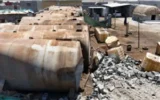
The legal mask on the face of fuel smuggling; what is behind the dangerous game of mini-refineries?
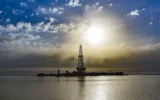
Drilling of 10 wells in South Azadegan field completed

What is Bu Ali Sina Petrochemical’s strategy to continue making profits?

Energy diplomacy at a standstill; send the masts to Arash Square
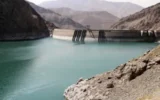
Karaj Hydroelectric Power Plant Electricity Production Stops
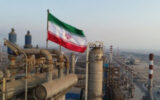
Fluctuations in Iranian oil prices over the past 5 years
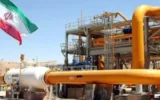
Construction of 56-inch line begins to strengthen the central gas corridor

Iran’s oil revenues exceeded $46 billion last year





